But anyhow. Here's some rocks I found! :B I have discovered that identifying rock types in the field can be a bit tricky, especially if the outer surface is very weathered and covered in lichen and moss. (Lichen can look a lot like rock!)
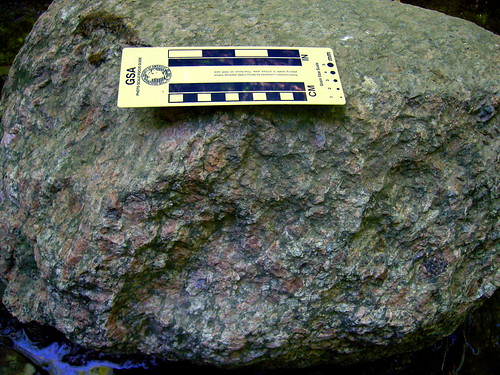
I'm not sure what rock type this is. Some meta-igneous rock, I'm assuming? I think the large dark purple crystals are plagioclase, or at least that's what Solar said a few weeks ago.
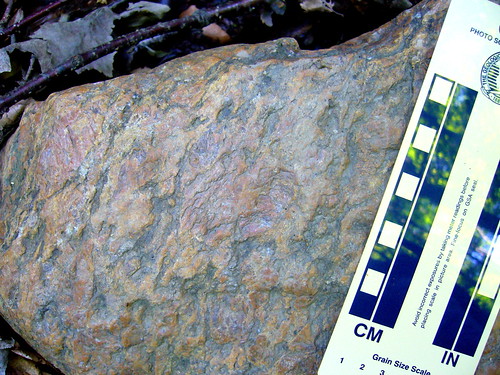
Another tricky one to identify. It definitely looks metamorphosed, although the photo doesn't show it too well. There's some augen in there.
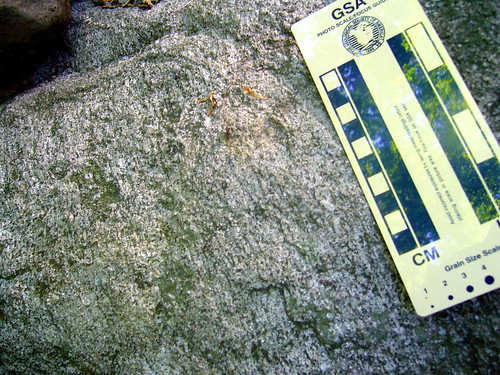
A gneiss that rather resembles television static. Looks like there's no k-feldspar in there. Drat, I didn't bring any HCl with me (like I think of these things when hiking?) but it didn't scratch easily with my knife, so I'm assuming it's not marble. The strong fabric of foliations indicates it's not marble, also. So, quartzofeldspathic? Probably.
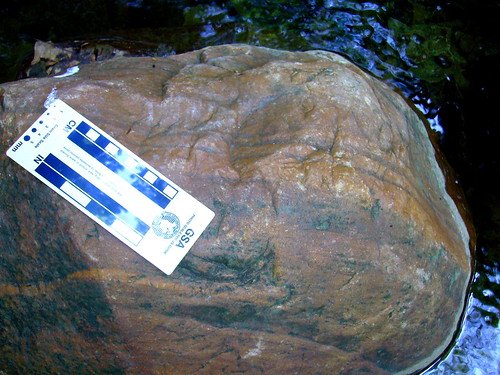
I guessed this one to be quartzite. There's banding in there, but I couldn't see any particular fabric, so the color of the banding could be due to the chemistry and possible relict bedding.
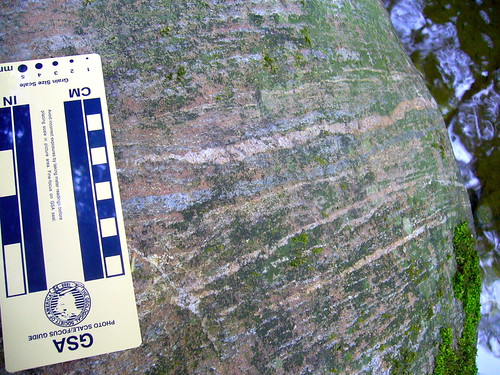
Banded gneiss.
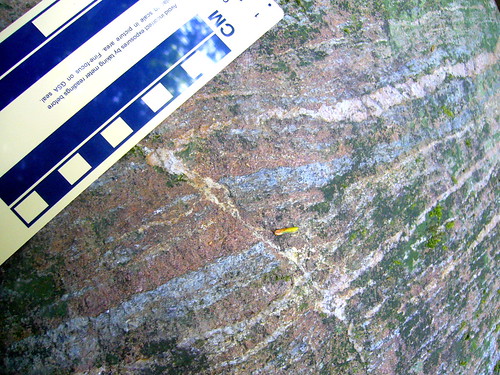
Closeup of the above banded gneiss. Oooohh, neat mini fault.
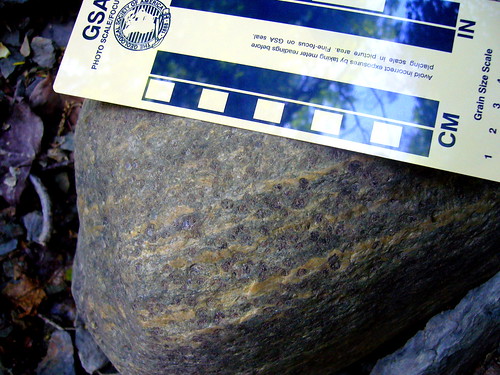
Gneiss (or amphibolite gneiss? hard to tell.) with garnet porphyroblasts.
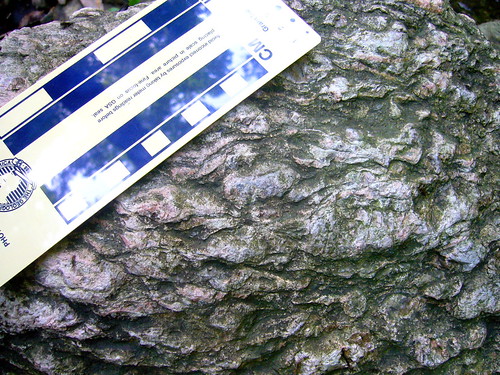
I liked this one. Hard to make out the mineral composition, but I'm guessing those big chunky augen are plagioclase. There could be some effects of differential erosion, leading to the strong relief of the surface texture.
I want so badly to cut these damned rocks up and look at them under the microscope!! You have noooo idea. It's driving me crazy not being able to tell their mineral compositions because of their outer surfaces. I can only assume that I'll get better at field identification in the future, but until then I like nice clean broken surfaces when it comes to rock ID.
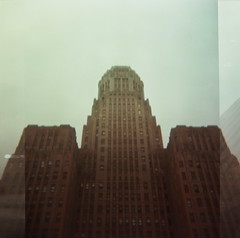




No comments:
Post a Comment